Introduction
Hey there, gardening enthusiast! Have you heard about the Southern Magnolia Bonsai? It’s an absolute stunner in the world of gardening. This magnificent tree, known scientifically as Magnolia Grandiflora, is a true head-turner with its glossy, evergreen leaves and large, fragrant flowers.
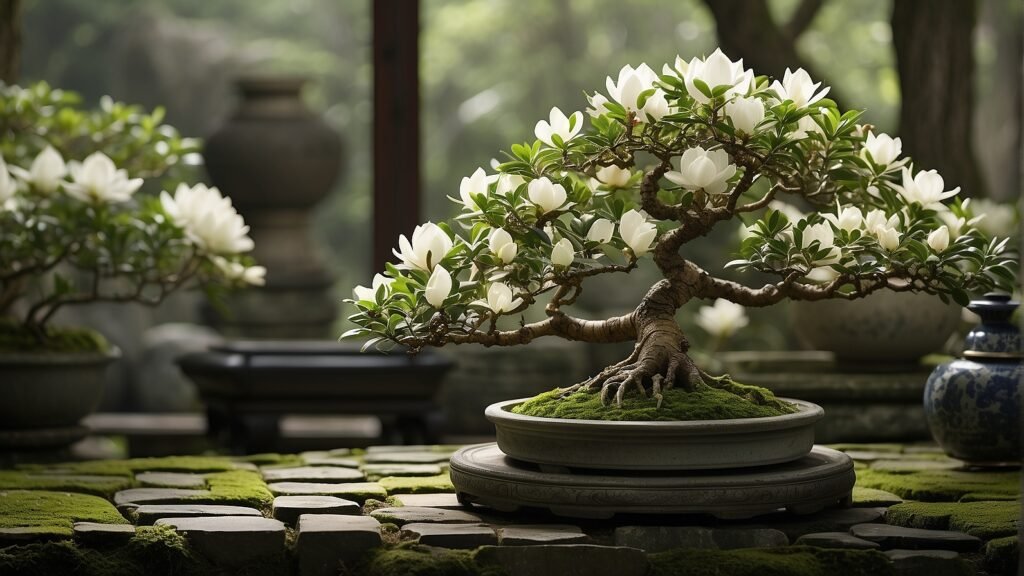
But wait, there’s more. The Southern Magnolia isn’t just for traditional gardening. You can also transform it into an amazing bonsai tree. Yeah, you heard that right. A bonsai.
Why choose Southern Magnolia for bonsai, you ask? Well, it’s not your everyday bonsai choice, and that’s exactly what makes it so special. Creating a Southern Magnolia bonsai is like bringing a piece of the Southern charm right into your living room. And trust me, it’s worth every effort.
So, are you ready to dive into the exciting world of Southern Magnolia bonsai? Let’s get started!
Understanding the Southern Magnolia Bonsai
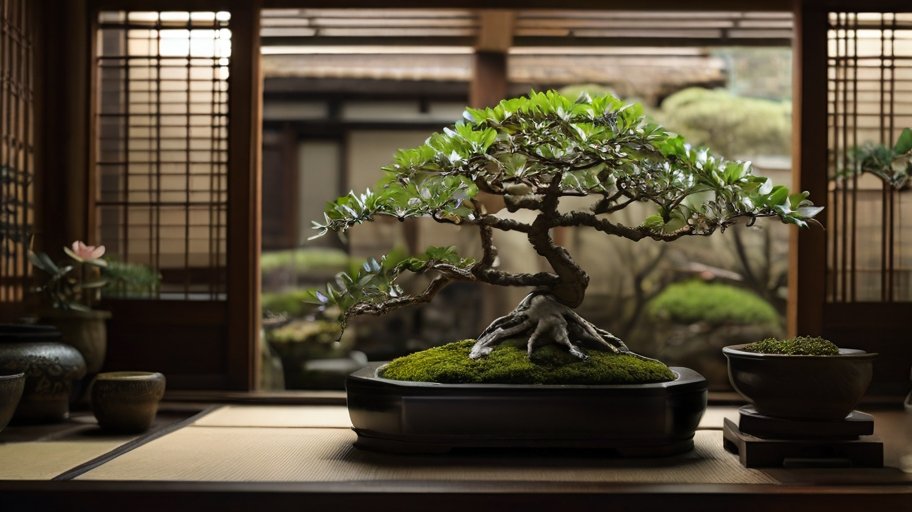
The Southern Magnolia Bonsai: What Makes It Suitable?
Alright, let’s get to know our star a bit better. The Southern Magnolia, or Magnolia Grandiflora (that’s its fancy scientific name), is quite a character. Here are some of the standout traits that make it suitable for bonsai:
- Evergreen: One of the coolest things about the Southern Magnolia is that it’s an evergreen. This means it keeps its leaves all year round. So, no matter what season it is, your bonsai will always be lush and green.
- Resilient: Southern Magnolia is a tough cookie. It can handle harsh weather conditions like a champ, making it a great choice for a bonsai that can stand the test of time.
- Beautiful Blooms: Southern Magnolia is famous for its large, fragrant flowers. Imagine having a bonsai that not only looks stunning but also fills your room with a delightful fragrance!
Why Isn’t Southern Magnolia a Typical Bonsai Choice?
So, with all these fantastic traits, you might be wondering why the Southern Magnolia isn’t a usual pick for bonsai. Well, here’s the scoop:
- Size Matters: The Southern Magnolia is known for its large leaves and blooms. While this is great for a full-sized tree, it can pose a challenge when trying to create a miniaturized version in a bonsai. It’s like trying to fit a big, fluffy Saint Bernard into a tiny dog house!
However, don’t let this deter you. Yes, it might be a bit challenging, but the result is worth it. You’ll end up with a unique and stunning Southern Magnolia bonsai that’s sure to be a conversation starter.
Choosing the Right Magnolia Species for Bonsai
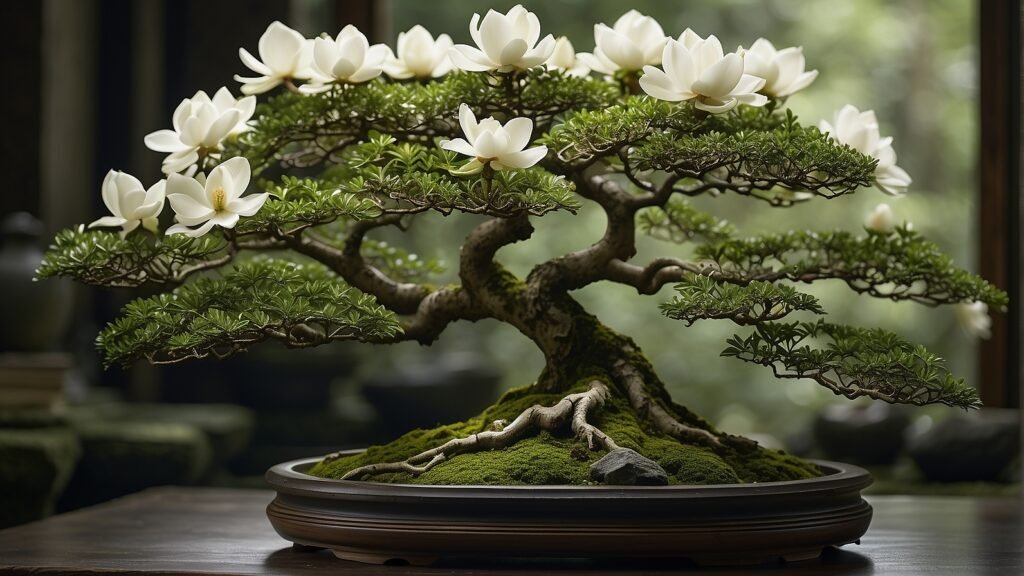
Asian Magnolias vs American Magnolias: The Bonsai Battle
When it comes to picking a magnolia species for bonsai, it’s like choosing between apple pie and sushi – both are great, but they offer unique flavors. The same goes for Asian and American magnolias.
Asian Magnolias: These guys are typically deciduous and come in smaller sizes1. This means they shed their leaves in the fall, and their compact size makes them a bit easier to handle as bonsai. Plus, they bring a burst of color early in spring, which is always a treat after a long winter.
American Magnolias: On the other hand, we have our Southern Magnolia (Magnolia grandiflora), a native of the American South. It’s an evergreen tree that keeps its glossy green leaves year-round. Its large, fragrant flowers are a sight to behold. However, the size of its leaves and blooms can be challenging to handle in a bonsai.
So, which one should you choose? Well, it depends on what you’re looking for. If you want a bonsai that’s colorful in spring and easier to manage, go for an Asian magnolia. If you’re up for a challenge and want a bonsai that stays green all year, the American Southern Magnolia is your best bet.
Star of the Show: Magnolia Stellata
While we’re talking about magnolias, let’s shine a spotlight on a particular star – the Magnolia Stellata, or Star Magnolia. This Asian magnolia species is a popular choice for bonsai, thanks to its radiant white flowers that resemble stars (hence the name). It’s a deciduous tree that offers a brilliant display of color in early spring. So, if you’re looking for a bonsai that will light up your room, the Magnolia Stellata is a fantastic choice.
Step-by-Step Guide to Creating a Southern Magnolia Bonsai
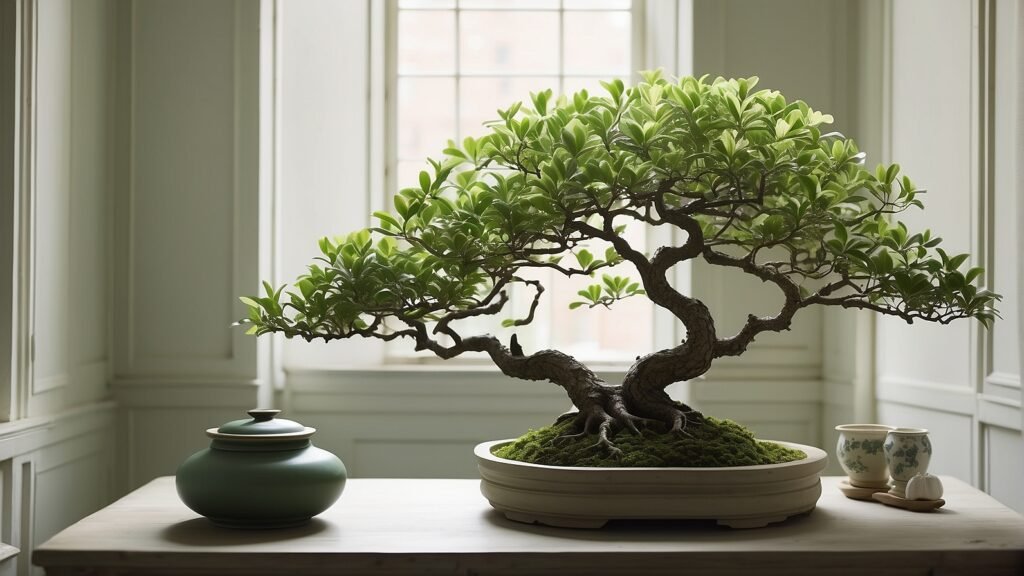
Pruning, Wiring, and Training: Shaping Your Southern Magnolia Bonsai
Creating a Southern Magnolia bonsai takes patience and care, but don’t worry! Here’s a simple step-by-step guide to help you shape your tree:
- Pruning: Start by pruning your tree to give it a basic shape. Remove any dead or diseased branches first. Then, cut back the top and sides to create a balanced, tree-like shape.
- Wiring: Once pruned, it’s time to wire your tree. This helps guide its growth direction. Wrap a bonsai wire around the branches you want to shape, being careful not to damage the bark.
- Training Shoots: After wiring, you’ll need to train the shoots. Bend them gently in the direction you want them to grow. Remember to regularly check the wires as your tree grows. You don’t want them to cut into the growing branches.
Maintaining the Health and Appearance of Your Bonsai
Keeping your Southern Magnolia bonsai healthy and beautiful outside the flowering season can be quite a task. But no worries, here are a few handy tips to help you out:
- Watering: Water your bonsai regularly, but avoid overwatering. The soil should be moist, not soggy.
- Light: Southern Magnolia loves the sun. Make sure your bonsai gets plenty of bright, indirect light.
- Fertilizing: Feed your bonsai with a slow-release fertilizer during the growing season to keep it nourished.
- Repotting: Repot your bonsai every 2-3 years to keep it healthy. This gives the roots room to grow and allows you to refresh the soil.
Remember, patience is key when caring for a bonsai. With time and care, your Southern Magnolia bonsai will grow into a beautiful, miniature tree that’s sure to be the star of any room.
Caring for Your Southern Magnolia Bonsai
The Southern Magnolia bonsai is a beauty, but it does need a bit of TLC to keep it looking its best. Here’s a comprehensive guide to help you care for your tree.
Watering
Proper watering is crucial for your magnolia bonsai. The soil should be allowed to dry slightly between waterings to prevent overwatering, which can lead to root rot.
Fertilizing
When it comes to feeding your bonsai, consistency is key. Feed your tree every two weeks while it’s in leaf using a balanced fertilizer. From August, switch to a low-nitrogen feed to harden the year’s growth.
Pruning and Handling Large Leaves and Flowers
Pruning your Magnolia bonsai is best done in early spring, right before new growth kicks in. This helps maintain the shape of your tree and manage the size of its large leaves and flowers.
Remember, Magnolias are not frequently seen in bonsai because they’re only attractive when in flower for a couple of weeks. However, with proper care and pruning, you can enjoy the beauty of your Southern Magnolia bonsai throughout the year.
Repotting
Repotting is a vital part of bonsai care that ensures the health of your tree. It gives the roots room to grow and allows you to refresh the soil. Remember to be gentle during the repotting process to avoid damaging the roots.
Pest Prevention
Keep an eye out for common pests like aphids and scale insects. If detected early, these can be managed with appropriate pest control methods. Regularly inspect your tree, especially during the growing season.
With these tips in mind, you can enjoy the beauty of your Southern Magnolia bonsai for years to come. Remember, bonsai care is a labor of love that requires patience and dedication, but the reward is worth it!
Showcasing Southern Magnolia Bonsai
Southern Magnolia bonsai trees are a sight to behold. With their glossy leaves and stunning white blossoms, they are cherished by bonsai enthusiasts worldwide. Despite the challenges that come with caring for this tree, many have successfully grown beautiful Southern Magnolia bonsai trees.
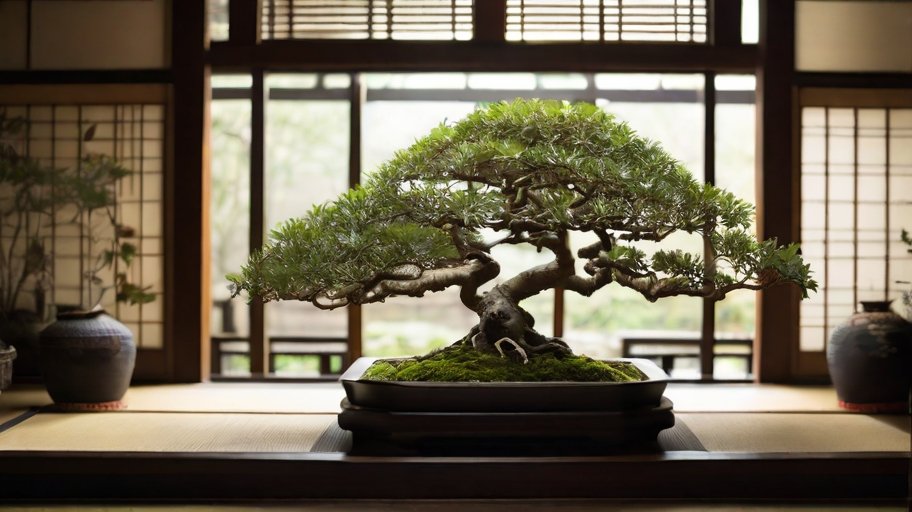
Successful Southern Magnolia Bonsai Trees
One example of a successful Southern Magnolia bonsai can be seen in the summer presentation of a tree showcased on Live Bonsai Tree. The tree, presented in an oriental round bonsai pot, rewards its carer with beautiful white blooms during the growing season. Despite its hardiness, it’s the large leaf size that poses a challenge but also adds to the unique beauty of this bonsai.
Challenges and Rewards of Growing Southern Magnolia Bonsai
Growing a Southern Magnolia bonsai can be challenging, especially due to its large leaf size and specific care requirements. They need specific soil conditions to thrive, and recreating the tree’s natural conditions is crucial for successful growth.
Despite these challenges, the rewards of successfully growing a Southern Magnolia bonsai are immense. When properly cared for, the tree will reward you with stunning, fragrant flowers and a lush, evergreen presence all year round.
Growing Southern Magnolia Bonsai in Different Zones
The Southern Magnolia is native to warm areas, making it suitable for certain zones more than others. However, with the right care and attention, it can be grown in various zones. For instance, in cooler regions, the tree might require additional protection during the winter months.
In conclusion, the Southern Magnolia bonsai, while challenging to grow, offers unmatched beauty and satisfaction. With patience, care, and a bit of expertise, you can have a successful Southern Magnolia bonsai that’s the envy of your neighborhood.
Conclusion
Creating a Southern Magnolia bonsai is undoubtedly a unique journey filled with challenges and rewards. The charm of this tree lies not just in its stunning white blossoms and glossy leaves, but also in the patience and care it demands.
The large leaf size and specific care requirements might seem daunting, but they also make the Southern Magnolia a less conventional and therefore more intriguing choice for bonsai. Successfully nurturing this tree to its full potential offers a sense of accomplishment that’s hard to match.
Remember, every bonsai tree has its own personality and the Southern Magnolia is no exception. It’s a tree that tells a story – a story of resilience, beauty, and the magic of nature.
So, why not take up the challenge? Experiment with the Southern Magnolia bonsai. Embrace the unique learning experience it offers and create something truly beautiful. Your journey with the Southern Magnolia bonsai might just end up being your most rewarding bonsai adventure yet!
Frequently Asked Questions (FAQs)
How often should I water my Southern Magnolia Bonsai?
The soil should be allowed to dry slightly between waterings. The frequency will depend on the humidity and temperature of your location. It’s always best to check the soil before watering.
What type of fertilizer should I use for my Southern Magnolia Bonsai?
Feed your tree every two weeks while it’s in leaf using a balanced fertilizer. From August, switch to a low-nitrogen feed to harden the year’s growth.
When is the best time to prune my Southern Magnolia Bonsai?
Pruning your Magnolia bonsai is best done in early spring, right before new growth kicks in.
How often should I repot my Southern Magnolia Bonsai?
Repotting should be done every 2-3 years. This gives the roots room to grow and allows you to refresh the soil.
Can I grow a Southern Magnolia Bonsai in a cooler region?
Yes, the tree can be grown in various zones, but might require additional protection during the winter months in cooler regions.
Further Reading and Resources
- Mastering the Art of Yoshino Cherry Bonsai: A Comprehensive Guide
- Cultivating a Fiery Beauty: A Comprehensive Guide to Flame Tree Bonsai
- Mastering the Art of Rocky Mountain Pine Bonsai: A Comprehensive Guide
- Cultivating Harmony: A Comprehensive Guide to Ming Aralia Bonsai
- The Ultimate Guide to Barbados Cherry Bonsai Care and Cultivation
- The Art and Care of Colorado Blue Spruce Bonsai: A Comprehensive Guide





